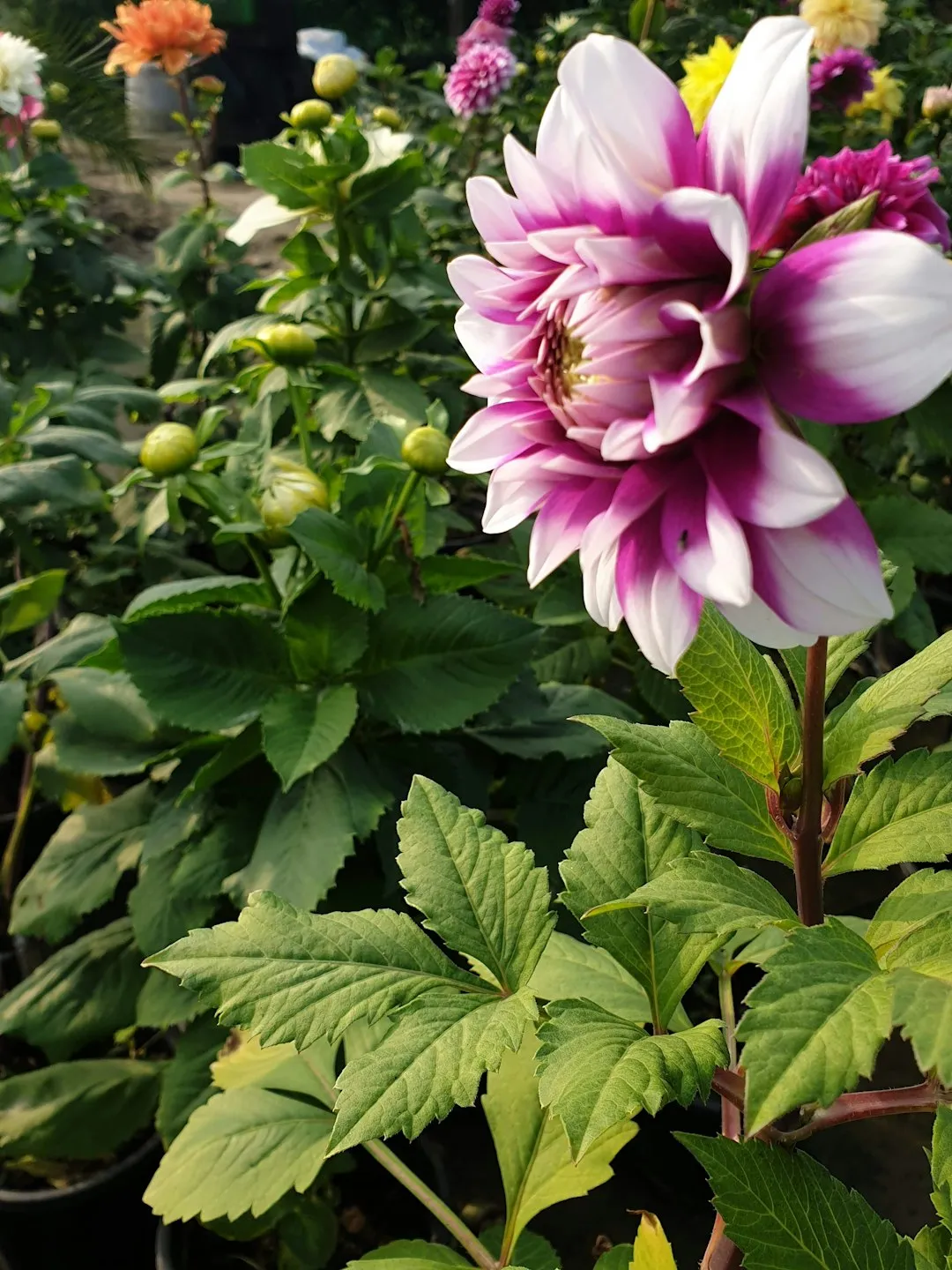The Hidden Gems of the Garden: Native Vining Plants

In the world of gardening, the choice of plants can have far - reaching implications beyond just aesthetics. While popular invasive vines have long held a place in many gardens, there is a growing movement towards using native vining plants. These native vines are not only beautiful additions to any landscape but also play a crucial role in supporting local wildlife and maintaining ecological balance.
Native vining plants have evolved over thousands of years in their local ecosystems. This means they are well - adapted to the local climate, soil conditions, and pests. Unlike invasive vines, which often outcompete native species for resources, native vines coexist harmoniously with other plants in the area. For example, the Virginia Creeper (Parthenocissus quinquefolia) is a native vine found in many parts of North America. It has a remarkable ability to thrive in a variety of soil types, from sandy to clayey, and can tolerate both full sun and partial shade.
One of the most significant benefits of native vining plants is their support for wildlife. Many native vines provide food and shelter for a wide range of animals. The Trumpet Honeysuckle (Lonicera sempervirens) is a prime example. Its bright, tubular flowers are a favorite of hummingbirds, which rely on the nectar for energy. The flowers also attract butterflies and bees, which are important pollinators. In addition to providing nectar, the vines themselves can serve as nesting sites for birds and small mammals. Some birds use the tendrils and leaves of the vines to build their nests, while small mammals may find shelter in the dense foliage.
Another advantage of native vining plants is their role in preventing soil erosion. Their extensive root systems help to hold the soil in place, especially on slopes and along riverbanks. This is particularly important in areas prone to heavy rainfall or flooding. For instance, the Riverbank Grape (Vitis riparia) has a strong root system that can stabilize the soil and prevent it from being washed away. This not only protects the land but also helps to maintain water quality by reducing sediment runoff into rivers and streams.
When it comes to aesthetics, native vining plants offer a unique and natural beauty. They can be used to cover fences, arbors, and trellises, adding vertical interest to a garden. The Dutchman's Pipe (Aristolochia macrophylla) has large, heart - shaped leaves and unusual pipe - shaped flowers that add a touch of the exotic to any garden. Its rapid growth makes it an excellent choice for quickly covering a large area.
However, the use of native vining plants in gardening is not without its challenges. One of the main issues is the lack of awareness among gardeners. Many people are still drawn to the more well - known invasive vines, such as English Ivy (Hedera helix) and Japanese Honeysuckle (Lonicera japonica), because they are readily available in nurseries. To address this, there needs to be more education and promotion of native vining plants. Nurseries can play a crucial role by offering a wider selection of native vines and providing information on their care and benefits.
Another challenge is the need for proper maintenance. While native vines are generally more resilient than invasive ones, they still require some attention. Pruning is often necessary to keep the vines in check and prevent them from becoming too overgrown. For example, the Wisteria frutescens, a native wisteria, can grow quite vigorously and may need to be pruned regularly to maintain its shape and prevent it from overwhelming other plants.
In conclusion, native vining plants are an eco - friendly and wildlife - supporting alternative to popular invasive vines. They offer a range of benefits, from providing food and shelter for wildlife to preventing soil erosion and adding beauty to a garden. By choosing native vining plants, gardeners can make a positive impact on the environment and contribute to the preservation of local ecosystems. As more people become aware of these benefits, it is hoped that native vining plants will become a more common sight in gardens across the country.